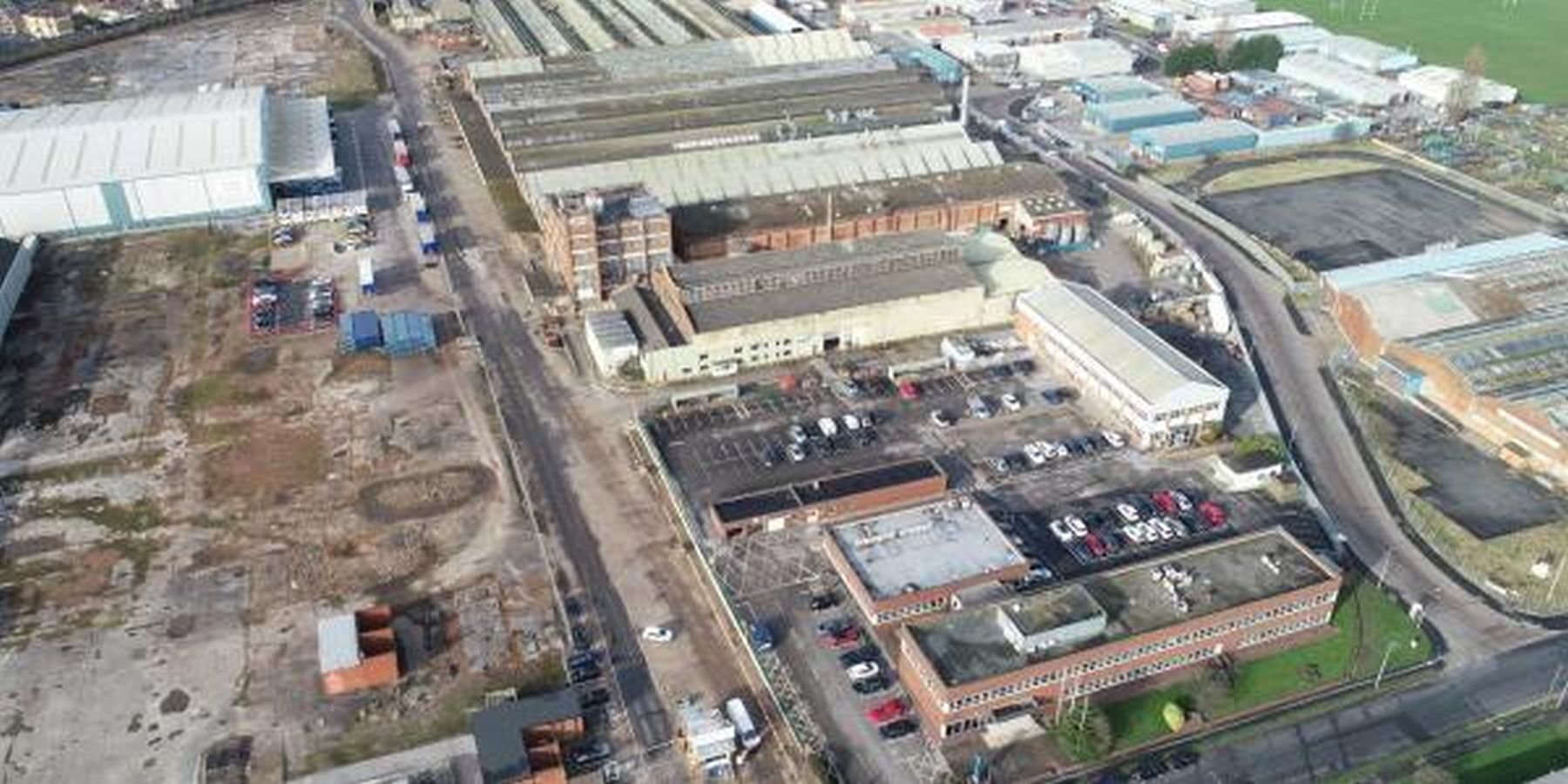The Global logistics markets have been the strongest performing sector in the property market for some time, and Covid-19 has strengthened the market. As we ease out of lockdown in the UK demand for prime employment sites, industrial/warehouse investments and good quality refurbishment opportunities has never been higher despite the threat of global recession and Brexit.
A day doesn’t go by without announcements of speculative development by Gazeley, Segro, DB Tritax, Prologis, Pannatoni, Goodman with substantial pre lets to Amazon, Countryside Properties, Ocado, Sports Direct et al.
Demand in the secondary market is also warm. Ryden acted on the acquisition of over 1.3 million sq ft during lockdown and missed out on 5 further opportunities due to aggressive bidding.
Are older warehouses no longer fit for purpose?
Low eaves, high site cover, asbestos sheet roofs, ex manufacturing complexes, low energy efficiency-is there a place for old sheds?
In a word yes because not every warehouse operation wants expensive state of art accommodation and repurposing is quite possible providing the entry price is sensible.
Drivers in the logistics market
- Long term structural changes to the sector caused by online retailing have seen a huge acceleration in the last six months. In the US alone online grocery sales pre COVID-19 represented 1.5% of sales but jumped to 10%. This trend will undoubtedly continue which will lead to long term demand for warehousing.
- The major players in this market, for example, Amazon, will continue to adapt and organise their distribution networks to be as efficient as possible both in terms of the specification and the shape of the network. Speed of delivery is key. Warehouses built five years ago may well be deemed no longer fit for purpose today. There could still be a home for secondary space particularly in the last mile part of the chain.
- Covid-19 caused major disruption of consumer supply chains due to a combination of the increased online demand and also as a result of specific shortages from WC rolls to Pasta to PPE. There have been numerous recent articles suggesting less reliance in future of just In time delivery and companies having spare capacity to allow for future supply problems. Spare capacity may be offered by cost effective `back warehouse` space
- Brexit will undoubtedly be a factor again in the UK market once Covid-19 subsides and this again raises the issue of just in time delivery to and from overseas markets. Once again secondary warehousing could form part of the holding solution.
- Modular house construction has driven demand for substantial warehouses/assembly complexes and is often taking modern but secondary space that previously might suit retail distribution.
In summary demand for warehousing of all types is set to increase despite the inevitable severe economic repercussions of Covid-19. There will always be demand for cost effective warehousing and even more so as businesses need to cut costs.
The uncertain economic times will inevitably increase the supply of various types of warehouse and industrial complexes as companies go into administration–these could be old or modern but for the nimble experienced investor this will lead to opportunity.

